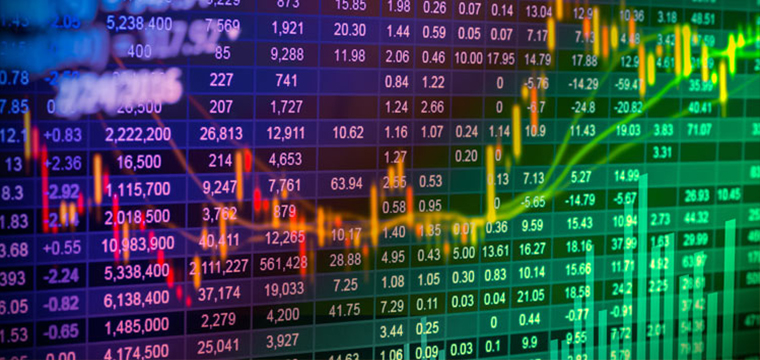Will The Stock Market Hit All-Time High This Year?

The stock market kicked off the New Year on a strong note, as expected.
Historically, the PSE Index tends to rise sharply during the first week of the year with an average return of 3.5 percent in 62 percent of the time.
This year, the market closed the first week of January with a gain of 3.9 percent.
Even though the PSE Index failed to rally successfully during the last five days of the year last December, the whole journey still ended on a positive note at 2.4 percent.
In the wake of the “January effect,” the market continued to carry the momentum in the following week, driving the PSE Index toward the 8,000 level before it succumbed to profit-taking.
But amidst all the excitement of market recovery, will the PSE Index be able to sustain its uptrend this year?
Last October, I explained in this column entitled “Will the stock market continue to fall?” that in order for the stock market to recover, interest rates would have to come down significantly.
At that time, the 10-year bond yield was 8.04 percent, which was trading higher than the earnings yield of the market, computed as the inverse of the price-to-earnings (P/E) ratio, at 6.4 percent.
The market started to recover only in November when interest rates began to fall as inflation slowed down during that month.
By the time the holidays came in December, the 10-year bond yield had already fallen to 7 percent and the PSE Index had recovered by at least 10 percent from the bottom.
This January, interest rates continued to fall, narrowing the gap between the 10-year bond yield of 6.48 percent and the market’s earnings yield of 6.3 percent.
It is interesting to note that despite the huge recovery in share prices, the current P/E ratio of the market is still historically low at 16 times.
Compared to the same month last year when the stock market also opened strongly, the P/E ratio then was already at 21.4 times.
Remember that the value of a stock is driven by risk and growth.
The risk of investing in stocks is the minimum return that investors would normally demand. This return is computed by getting the sum of the “risk-free” interest rate and risk premium.
At current bond yield of 6.48 percent, the minimum return is about 11 percent.
If the earnings yield of the market at 6.3 percent is deducted from the minimum return, we would get the implied earnings growth rate of 4.8 percent.
Given the average historical earnings growth rate of 9.5 percent for the past three years, the growth rate of 4.8 percent implied by current share prices makes the market look grossly undervalued.
If the long-term earnings growth of the market is the same as the growth of the economy at a minimum of 6.0 percent per year, the target earnings yield must be around 5.0 percent or 20 times P/E.
Interest rates are expected to fall further this year, which will make investing in stocks more attractive. But how far can interest rates fall?
Last year, the real interest rate, which is the difference between the nominal interest rate and inflation, has averaged about 1.45 percent.
If the stock market is expecting inflation to go down to 4 percent this year, then 10-year bond yield should eventually drop to 5.45 percent.
At a lower minimum return of 10.6 percent, assuming interest rate falls to a conservative 6 percent this year, on top of the 6 percent long-term earnings growth, the target P/E of the market should be around 22 times.
Given these likely scenarios, an increase from the current market P/E of 16 times to between 20 to 22 times will mean an increase in the PSE Index of at least 25 percent.
Does this mean the PSE Index can possibly rise to 10,000 this year?
In 2017 bull market, the PSE Index grew by 25 percent year on year. It grew further the following year to 32.7 percent before it plunged to a massive correction.
Interestingly, during the peak of the market, interest rate was 6.0 percent and the implied growth rate was 5.6 percent.
Are we seeing a market bull run soon?
 Henry Ong is a Registered Financial Planner of RFP Philippines. He is one of best selling book co-author of Money Matters. He also writes regularly as columnist for the Philippine Daily Inquirer.
Henry Ong is a Registered Financial Planner of RFP Philippines. He is one of best selling book co-author of Money Matters. He also writes regularly as columnist for the Philippine Daily Inquirer.
Source: https://business.inquirer.net/264016/will-the-stock-market-hit-all-time-high-this-year
2,635 total views, 1 views today












Social